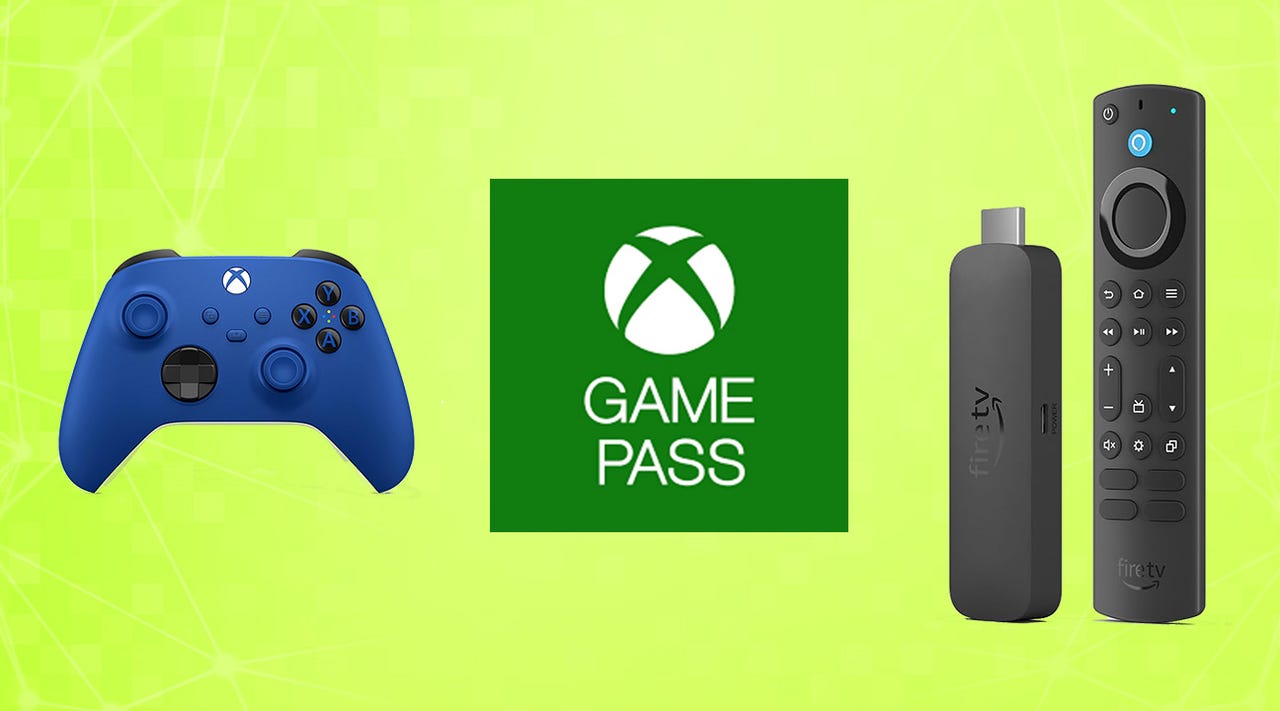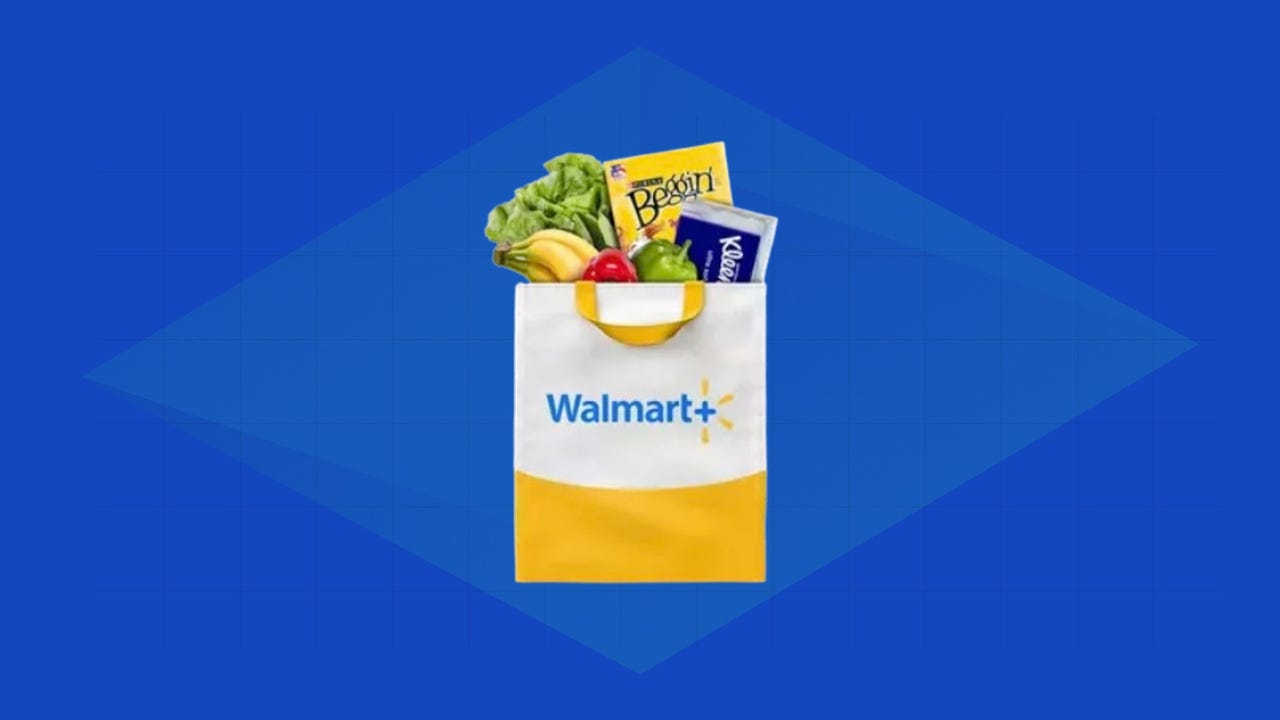


Forge, a game rewards and engagement platform, has launched a massive update that pivots the company into loyalty program tools for game developers.
It’s a step away from the startup’s initial focus on loyalty rewards for gamers. And now it is putting marketing tools in the hands of developers so they can grow the communities around their games. These tools are increasingly important in a world where traditional marketing isn’t working as well.
Forge gives devs the tools to create out-of-the-box loyalty programs so that the game company can easily acquire, engage and retain players by offering in-game items as rewards for playing and becoming promoters of their game. It’s the Forge Loyalty Program.
“At Forge, we basically started off as a rewards platform for games and we have grown into essentially a community growth platform for games. And what ties all this together is what we call the loyalty program,” Forge CEO Kun Gao said in an interview with GamesBeat. “Traditional game marketing has become more and more ineffective for games. At this point, I would say for almost any game it doesn’t work. Games are spending 30% to 50% of their revenue just to keep acquiring new users, and it breaks their business model.”
Lil Snack & GamesBeat
GamesBeat is excited to partner with Lil Snack to have customized games just for our audience! We know as gamers ourselves, this is an exciting way to engage through play with the GamesBeat content you have already come to love. Start playing games now!
Since its beta launch at the end of 2023, Forge has been steadily growing an active user base of players looking for new games and ways to earn rewards for playing and engaging, generating proven results by driving hundreds of millions of user engagements to a curated set of beta game partners.
Reinventing
He added, “We think we’ve found a new way that revolutionizes marketing to gamers. And this is where we think that loyalty program comes in.”
The company has been in a closed alpha until now and it has driven hundreds of thousands of players into the games it works with.
“All this time, we’ve basically been learning and improving our system iterating on what works,” Gao said. “A lot of this is trial and error, but we think we’ve figured it out. We’ve had a ton of games reach out to us in the last couple of months. And while we’re still building these capabilities.”
He added, “We’ve essentially productized all the best features that worked and made them into tools. And now we’re able to give these tools and make our gamer network available to any game for them to tap into. They can self publish. They can customize and tweak and edit and launch all within an admin interface.”
“We’re reinventing how the marketing works. Basically, it’s like a loyalty program in a box. It gives any game developer superpowers to grow their community and turn them from gamers into brand advocates and ambassadors,” Gao said. “Games can launch Forge, claim their loyalty page, set up their loyalty program, and then every gamer that joins that page can earn loyalty points, which are customizable by the game for a variety of different actions.”
These include like in-game milestones which are tracked by the API. And then loyalty points accrue for the gamers.
Now, Forge is opening up its platform with the launch of all-new self-service tools so that any game developer can get started for free, or upgrade to paid packages to unlock more of Forge’s capabilities.
“We believe that game developers should spend their precious time and resources building great games, and not worrying about how they will reach players through traditional distribution channels that have become increasingly less effective,” said Gao. “With this evolution of Forge, we’re giving developers new resources and capabilities to create gamification that attracts players to their game, and converts average fans into brand advocates and promoters.”
Gao said that when game developers leverage Forge, they can target players based on their verified gaming history so that they can market to the exact kinds of users they know will be interested in their genre and attract them to join their communities by offering game content as rewards.
This is in stark contrast to traditional games marketing channels which have become increasingly inefficient and lack gamer-centric targeting features and gamification functionality.
Forge’s loyalty programs are easy to set up, highly customizable, and can be catered to a developer’s unique needs at any stage of game development from pre-alpha awareness building to post-launch in-game retention. Players can earn loyalty points in a variety of ways, including reaching in-game milestones, posting content about the game on social media, joining and engaging in the game’s community, or by referring their friends.
“Forge’s growth to date has been nothing short of extraordinary,” said Ben Goldhaber, senior director of marketing at Forge, in a statement. “We’re excited to open up the platform so that hard working game developers can now leverage our tools and vibrant user base to grow their games.”
A key highlight of the even more accessible Forge platform and toolset is that it democratizes user acquisition for games and uses a more gamified user engagement model. These solutions are also self-service, giving teams full control and the ability to build custom programs that uniquely fit their game, without no coding needed. Additionally, developers can deploy a multi-channel effort to find players organically, from X, Steam, and Discord, and connect with verified creators and influencers who are supporters of their games and who have a proven track record of driving meaningful results.
“Forge has been an amazing partner for our team at Xterio,” said Jeremy Horn, COO at Xterio, in a statement. Their unique approach to loyalty programs and points campaigns has been effective in driving hundreds of thousands of real, engaged users to our ecosystem.”
“Working with Forge has been instrumental in rewarding our community and helping our title flourish,” said Kasei, CEO at Portal Fantasy, in a statement. “We’re proud to have been one of the first Forge Partners and it’s been a pleasure working with the team since the beginning – they have been true professionals in every aspect.”
With today’s launch of Season 2, Forge also is also proud to announce a select group of launch games that will be utilizing Forge Loyalty Programs, including Base, The Sandbox, Ember Sword, Portal Fantasy, Party Icons, MetalCore, Gas Hero, and many more partners to be announced soon.
Forge is now available for integration for all, offering a comprehensive toolkit to attract verified gamers to their games and build programs that fit their games. For more information about Forge and its innovative solutions, visit forge.gg.
Origins
Founded by gaming pioneer Dennis “Thresh” Fong, Crunchyroll founder Kun Gao, and Cyence founder George Ng, Forge originated as a project within GGWP, an AI-powered game moderation platform that the team launched in 2020, Forge’s mission is to help gamers unlock the value of their gaming profiles and be rewarded for their contributions to gaming communities.
The platform spun out of GGWP in late 2023 with an $11 million seed funding round, led by Makers Fund, Bitkraft Ventures, and Animoca Brands, with participation from Hashkey Capital, Polygon Ventures, Formless Capital and Adaverse.
Forge’s existing investors include industry-leading strategics such as Griffin Gaming Partners, Riot Games, and Sony Innovation Fund. Forge’s angel investors include gaming industry leaders Riot Games founder Marc Merrill, Twitch founders Emmett Shear and Kevin Lin, TSM founder Dan Dinh, Kabam founders Kevin Chou and Holly Liu, YouTube founder Steve Chen, Krafton CEO CH Kim, former Discord CMO Eros Resmini (The Mini Fund), and ESL founder Ralf Reichart.
Forge has been through a pivot based on the response to its programs.
“I would say it’s actually been a evolution, if you will, and innovation and improvement and iteration over what we’ve been doing. We started with rewards, which is still a big part of it. And the previous iteration was players participate in certain events. For example, a game is launching something again, a new DLC is coming. Our first iteration was building around certain events.”
When the company found out that worked extremely well, it expanded the comprehensive loyalty program so that it essentially lives for the entire duration of the game.
“So now the gamer can engage with the game at every single touchpoint from when the game announces, where the game is trying to build awareness, to when the game launches,” he said.
The company tries to build viral growth with each activation, with live operations. It pushes content, new updates and keeps trying to engage players with retention. So now Forge is both a user acquisition company and a user retention company.
“We found that with a loyalty program, it actually addresses both use cases on the user acquisition side. And one of the benefits of being on Forge is games can tap into our large audience of gamers who are already interested in discovering and finding new games. The loyalty program is a great way for them to step into a game, discover new games, engage with the game socials, download the game, play the game, and then over time is to continue to engage with the game and participate in the community to continue to earn those points. And that in of itself helps with retention.”
So far, the company has worked with a couple of dozen games and it has driven strong numbers for all of them, Gao said.
“With this new launch, they’re all coming back to launch on our platform and their campaigns all essentially become their loyalty programs,” Gao said. “At launch, we are basically announcing a handful of launch partners. They are getting the updated upgraded loyalty program.”
The company isn’t yet describing how many users it has.
“What we’re seeing is that both games and gamers are becoming much more of a community experience. When it comes to engaging and playing games, whether the functionality is in the game itself, or otherwise, I think players want to play and engage with each other, which is why a big focus of ours is being a community activation and retention and acquisition platform,” Gao said. “When gamers are playing together, it amplifies the experience. It makes it much more of a stickier experience. And so what we built was a lot of different ways to create and measure and reward for those kinds of engagements.”
Examples
For example, when a player joins a game, or joins the loyalty program with the game, they can start by engaging in socials but also go more deeply into the community of the game.
“We have a Discord integration, for example, where if you are engaging inside of the Discord community, you get rewarded with loyalty points from the game through our platform,” Gao said. “We think that the community increases the stickiness but also turns an entire community into brand advocates.”
Gao doesn’t think there is much direct competition.
“We’re planting the flag that Forge is the global platform for games. Up until now, games had to basically manage all of their touch points in a very separate and very disparate way. They have to create their socials, their communities, their various other touch points on YouTube or on Twitch,” Gao said. “They have to manage all the different publishing points on Steam or Xbox. And there’s nothing that brings it all together. And Forge is the platform that helps bring all of this together so that the game can have a unified way of being able to reach out and connect all of their various experiences and be able to reward players for engaging in as much of those experiences as possible.”


